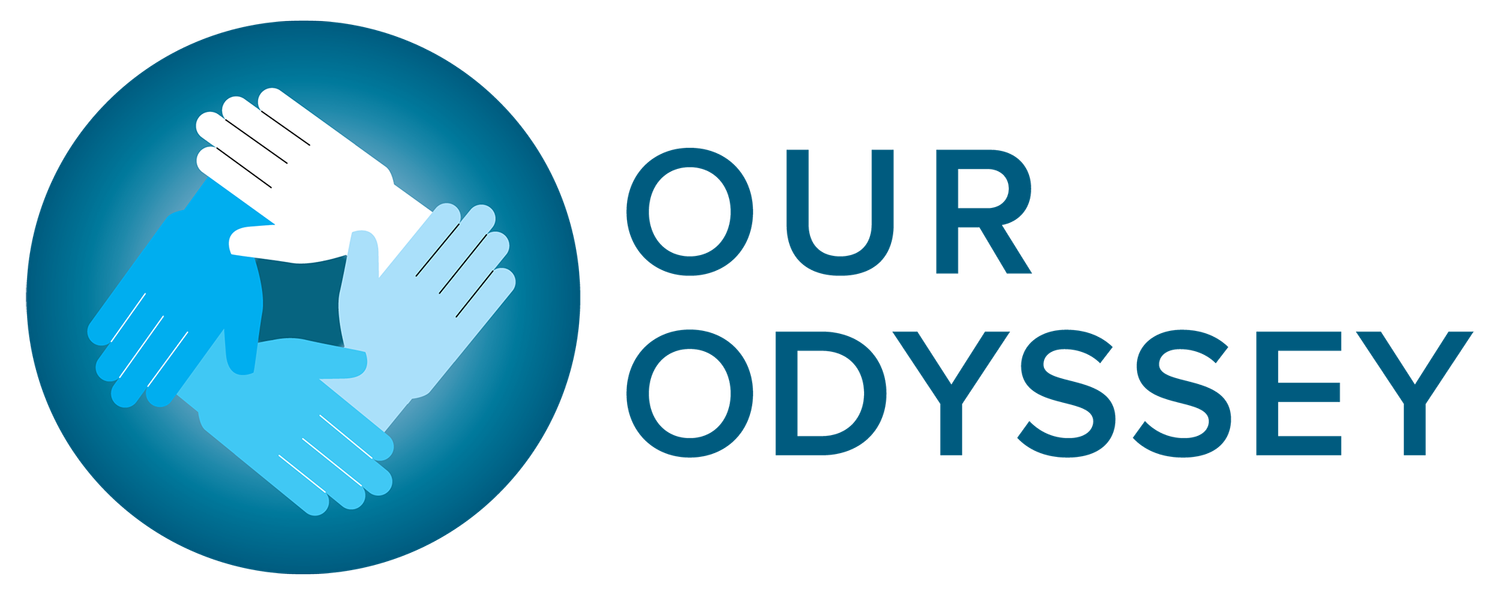The Road to Self-Injection
A young Métis woman with long curly hair is wearing a blue shirt and sitting on a sofa. She is holding up two needles in her gloved hands. There is a needle-disposal bin by her side.
It will be four years this coming March since I’ve been on Ilaris (canakinumab), which is a biologic drug to help calm my immune system and to reduce the intensity of the Familial Mediterranean Fever symptoms (fevers, joint pain, nausea, rashes). Although it causes me to be immuno-compromised, the fact that I feel marginally better than without it is worth the risk.
I was one of the first patients in Canada to receive the drug. It was officially approved by Health Canada in January 2017, and I got my first dose in March 2017. By the way, it was approved by the FDA (U.S.) and the EMA (Europe) in 2009 — just to show you how long it can take for Canada to play catch-up.
The price tag of Ilaris is no joke. Each teeny tiny vial of 1ml (150mg) costs $19,412 CAD (~$14,800 USD), and I get two every four weeks, so it totals a whopping $38,824 CAD per month. I’m privileged. I have private insurance which covers 80% of the cost and a compassionate care program that covers the remaining 20%. When applying to my insurance for pre-authorization coverage, I was denied on the first go, but Dr. Sussman (my immunologist and superhero) wrote a killer letter of support for my appeal and they finally agreed to cover it.
This isn’t true for a lot of patients out there. There’s a lot of us who don’t have coverage for our medications and other treatment options. Those who do have insurance still have the odds against them as they likely wouldn’t approve to cover such an expensive medication anyway. Most people living with rare and chronic conditions are usually on a few medications as part of their treatment plan. It’s a harsh reality when you think about it.
For the first two years, I went to Dr. Sussman’s office and a nurse would inject me. Then about two years ago things started declining, especially my mobility, so they started sending a nurse to my house instead. This was a relief because when I’m due for my next set of shots, my symptoms flare up and it can be hard for me to travel.
It’s been about a year now that I’ve been allowed to inject myself without a nurse having to come over. I regained some dignity - I could be in charge of this one thing, in control of this one thing each month. As a teen, while working for a family doctor, I was formally trained to administer injections. So it’s been a piece of cake for me. But that’s not true for everyone.
For example, my mom, who has a similar illness as mine, was denied coverage for Ilaris by her insurance. Instead, they covered a less expensive medication called Kineret (anakinra), which is still over one grand a month. For Kineret, you need to inject yourself every day. As if waking up with a rare disease isn’t enough of a hassle, she has to wake up every day and inject herself. She’s rockin’ it at injecting herself even though she’s afraid of needles. It made me realize that if she can do it, many other people can do it too.
Another thing I’ve realized is sometimes we don’t know what we’re entitled to as patients until we hear someone else talk about their own experience. Sometimes, we’re afraid, and that’s normal and valid too. It may not be for everyone, but being granted the ability to self-inject was definitely empowering for me. Maybe it will empower you when it comes to making treatment decisions for yourself too.
For those that are curious, I filmed a short video of the process self-injecting with Ilaris. Check it out on my YouTube channel - click here.
Marcelle Longlade is a 30-year old with Familial Mediterranean Fever (FMF), Narcolepsy Type 1/with Cataplexy, and connective tissue disorder of hEDS. She is a biomedical engineer and founder of the advocacy blog ChronicallySurviving.com for young adults with chronic conditions and disabilities. Marcelle is a yoga instructor & multi-faceted healer, founding Asintmah Healing as a way of carving an accessible path in the mindfulness and wellness community. She is the lead for the Our Odyssey community blog, helping the voices of young adults get amplified and heard. Marcelle believes in the magical healing that happens when we share our stories, and how it helps empower and support one another through our own odyssey. Find her on Instagram @ChronicallySurviving.Asintmah, Facebook @ChronicallySurviving, and Twitter @AsintmahHealing.


